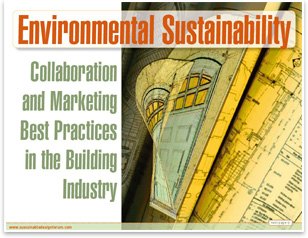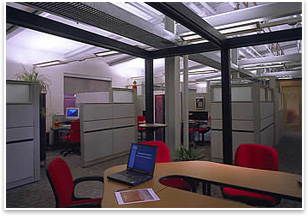
Best Practices Summary: Throughout the past few decades, there has been a highly unproductive struggle between forces that have mistakenly set themselves at odds in the world of design and construction of high-performance buildings. Value engineering (VE) and environmental design often have crossed swords in design—especially environmentally sustainable design. Proponents of each concentration were ready to cut and slash at the others’ efforts. It is now time to put down the swords and recognize common goals. What is the common thread? Quality. Quality is at the core of a high-performance building. Quality is the core goal in the search for value. Quality is the goal we seek in creating a better, more livable planet. Quality is the core goal in the search for value What exactly is value engineering? According to SAVE International (formerly the Society of American Value Engineers), the basic goal of VE is to get better value for a project by decreasing costs, increasing profitability, improving quality, saving time, and using resources more effectively. For architects and owners who assumed that VE was a cheapening of the project, these goals should be a great relief. If you are being sold project cheapening as a value engineering process, you’ve been mislead. VE is the search for quality, not cheapening. The process commonly used for VE has many variations and can range in magnitude and scope, but usually involves:
VE can be a powerful tool to bring about sustainability Goals of VE
If we begin to measure other commodities, we may see additional payoffs as being more immediate We see affirmation in the construction practices promoted by organizations such as Kaiser Permanente, which sees the value of promoting green building practices and of following the Green Guide for Health Care as paying off in energy cost, material consumption, healthier patient environments, lower legal and financial risk, and higher staff performance. The organization is using its purchasing power to promote sustainable design and construction that truly influences the marketplace. The federal government has similarly adopted sustainability as part of the standard concern for constructing its facilities. Most architecture and engineering contracts advertised for the General Services Administration in recent years have required team members to be USGBC® LEED®-accredited personnel. VE reviews of projects for the U.S. Department of State, the Army Corps of Engineers, and other agencies include reviews of LEED checklists as a routine part of the process. Value engineers need no longer hide in the shadows. Now, more than ever, we need them to step forward and take part in upholding the principles of quality and value in construction by promoting and lending further expertise to environmental sustainable design and construction. Now is the time to join efforts to promote the commonality of quality. |
||
Copyright 2007 The American Institute of Architects. All rights reserved. Home Page |
||
home
news headlines
practice
business
design
recent related
› Nature Is the Model for Design
› California Academy of Sciences Evolving Green
› Happy Green Year
This article was excerpted from Environmental Sustainability: Collaboration and Marketing Best Practices in the Building Industry, published by the Sustainable Design Forum, a division of Marketplace Books © 2007. Reprinted with permission.
To obtain a full-text electronic copy of Environmental Sustainability, visit the Sustainable Design Forum Web site. The book is free on registering with the forum.
Gregory Knoop is a principal with Oudens, Knoop, Knoop + Sachs Architects, Washington, D.C.
Caption: The Adaptable Workplace, designed by Oudens + Knoop with a Carnegie Mellon research team, is a tightly controlled, long-term analysis of resource-efficient environment controls in an office environment atop the General Services Administration headquarters in Washington, D.C.


 Cost and benefit
Cost and benefit